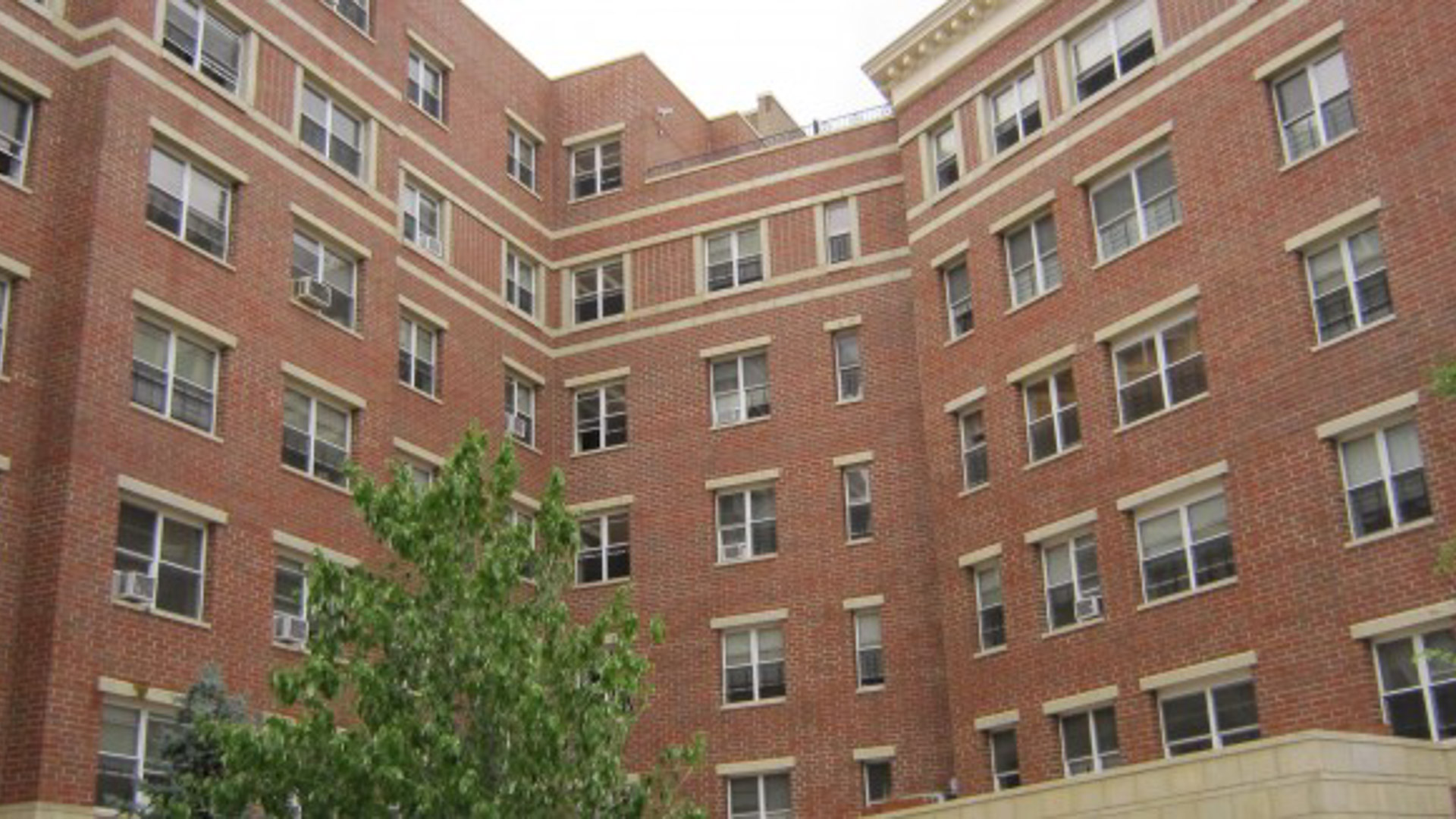The “Self-Sufficient Urban Green Buildings” project, funded by the National Science Foundation (NSF), explored both technological and human factors that impact green building performance. This project combined field- and simulation-based studies to investigate the potential for achieving sustainable design in the provision and use of energy and water systems in urban buildings. A specific focus of this work was an examination of the scientific, engineering, and human factors affecting potential self-sufficiency of urban buildings and the development of associated agent-based models.
The Center conducted research for this project in a high-end residential green building in Lower Manhattan with approximately 292 apartments, ranging in size from studios to 3-bedrooms, as well as an Energy Star certified residential building in the South Bronx with approximately 127 apartments, ranging in size from 1-bedroom to 3-bedrooms.
In 2013, we entered the data analysis stage of the project, analyzing survey results from each building along with rich and complex field data collected from a subset of apartments in each building, including water consumption, occupancy patterns, air quality and electricity consumption. Researchers on the project team are currently using statistical analysis and other quantitative and qualitative techniques to pull key patterns and findings from the data, with the goal of better understanding both building performance and occupant behavior, as well as important connections between the two.
Green Buildings and Public Health
Green buildings can offer significant health benefits to occupants by way of higher indoor air quality, cleaner and more filtered water and the reduction or elimination of harmful volatile organic compounds (VOCs), and they can greatly contribute to overall occupant well-being. This component of the project examined indoor air quality and heard from residents their experiences of the building.
Behavioral Research
Another important component of the NSF project is its focus on human behavioral factors. This component of the project aims to use results from both qualitative and quantitative data collection methods in order to better understand how human behavior has impacted the performance of each building, and how researchers can better predict and understand consumption behavior among residents. Surveys and interviews conducted consisted of a range of questions regarding energy and water use at home, opinions about the building and apartment unit, and values and attitudes regarding energy and environmental conservation.
In the current data analysis phase, researchers on the project team are analyzing residents’ stated values, norms, attitudes and intentions regarding their consumption at home and related conservation behaviors, and attempting to connect these responses to both self reported and observed consumption data. In addition, we are attempting to connect these psychological constructs along a causal chain outlined in well-known behavioral frameworks in order to better understand the predictive power of these theories. This component of the project ultimately attempts to use these results to investigate important human factors such as the distinction between reasoned and habitual behaviors, the impact of habits on behavioral outcomes, drivers and motivations of both consumption and conservation choices, and patterns of decision making among residents.
